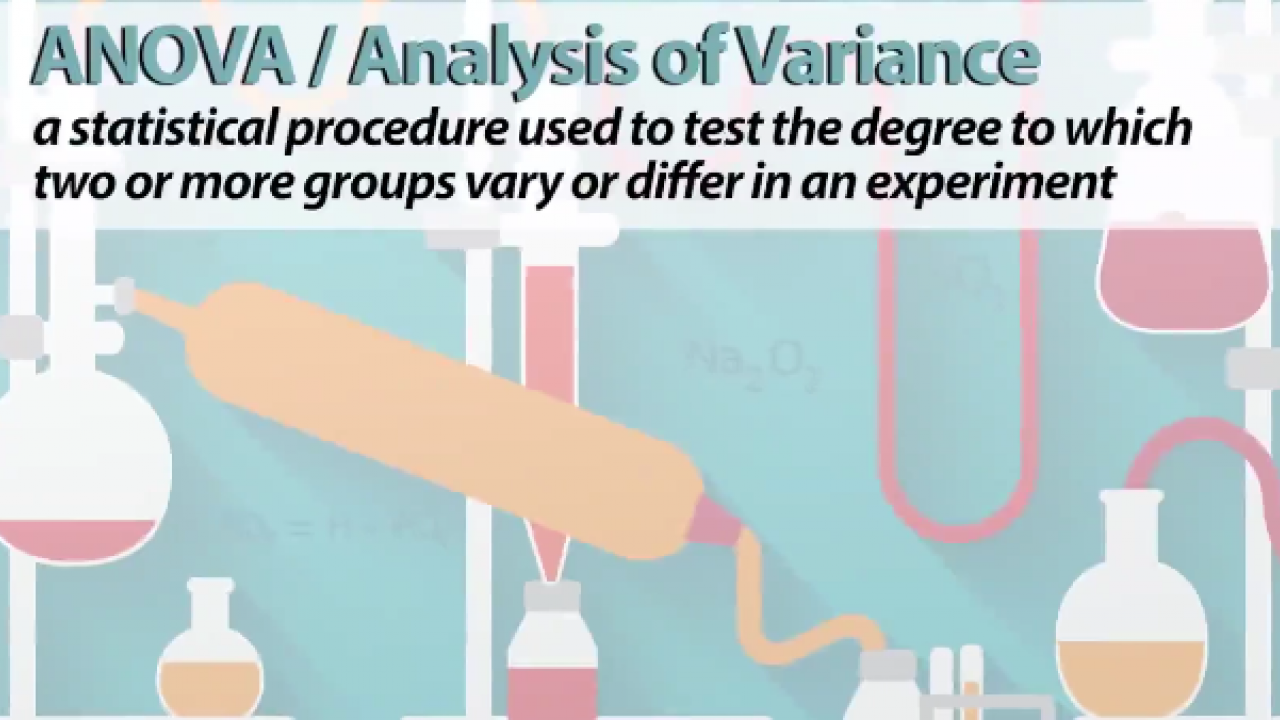ANOVA - TUKEY KRAMER PROCEDURE IN THE WORKING PART II
Now, in our previous blog we discussed how we conduct a One-way ANOVA test for the reason of finding whether the population means across groups are equal or not (or at least one of them is not equal).
From the previously discussed example, we know that all population means are not equal, so the next step is to make multiple comparisons to determine which groups are different, or in this case the mean number of hours the battery runs after a full battery charge cycle of which laptop brands are different. One of the methods to do a multiple comparison is the Tukey-Kramer procedure (To be noted that a multiple comparison method is always conducted when we conduct a hypothesis test to test whether the population means of the groups are same or different (or at least one of groups have an unequal population mean) and then the result of the test shows the latter, which is - we reject the hypothesis that all the groups have the same population mean).

The formula to find the critical range for the Tukey-Kramer procedure is as follows:
Critical range = Qu  , where
, where
Qu is the upper-tail value from the studentised range distribution having ‘c’ degrees of freedom in the numerator and ‘n-c’ degrees of freedom in the denominator.

The sample sizes we have in the above conducted One-way Hypothesis test are the same (5 observations in each of the 5 groups) and thus we only need to calculate one critical range. If the sample sizes differ, we would have had to calculate a critical range for each pairwise comparison of the sample means, for example we would have had to prepare a critical range for the laptop brands – Dell and Apple, then Dell and HP and so on.
So, the Critical range in this case is: 
Finally, we compare each of the ‘c(c-1)/2’ pairs of means against its corresponding critical range. This gives the number of pairwise comparison we need to make to declare a specific pair(s) whether it’s or are significantly different – if the absolute difference in the sample means is greater than the critical range.
In our case, c(c-1)/2 = 5(5-1)/2 = 10 pairwise comparisons need to be made. So, to apply the Tukey-Kramer procedure we first need to calculate the absolute mean differences for the 10 pairwise comparisons.

Because the pairwise mean difference between the group means of Apple and HP, Apple and Sony, and Sony and Asus are greater than the critical range of 3.21, we conclude that there’s a significant difference between the means (mean hours the battery runs after a full battery charge cycle) of Apple and HP, Apple and Sony, and Sony and Asus.
Thus, we learnt how to conduct a One-way ANOVA test. If the test involves multiple comparisons of different group means, Tukey Kramer procedure can be applied to understand the significant difference between the means.

0 Comments.